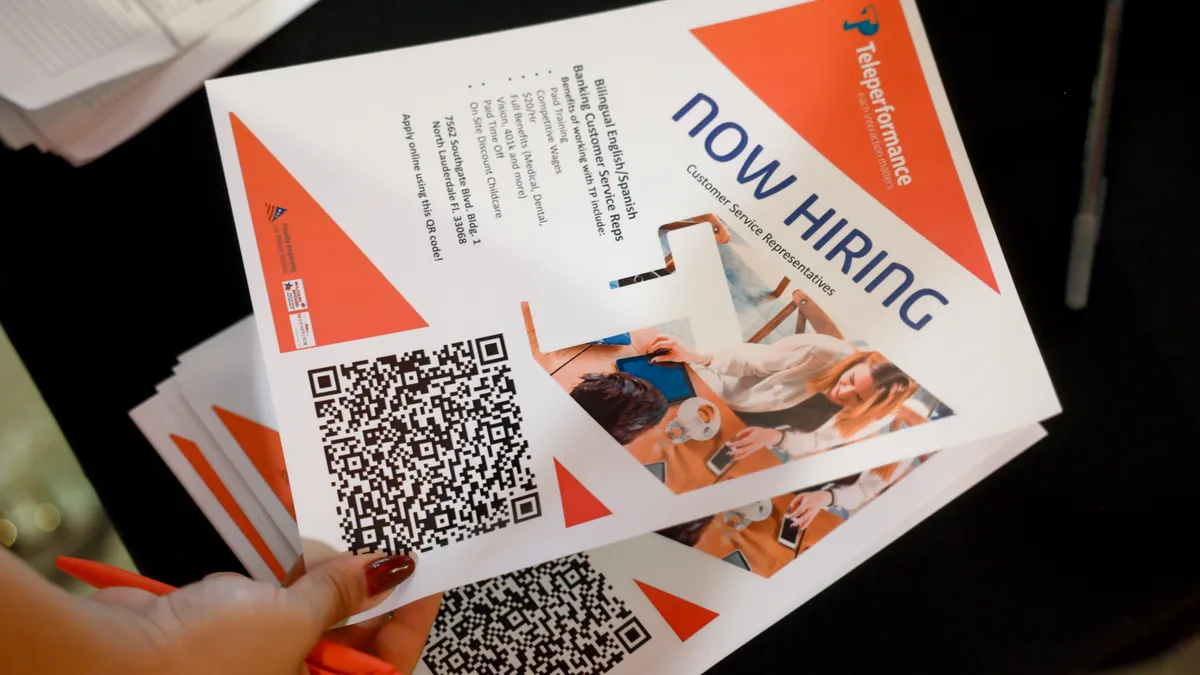The newest hat worn by learning and development professionals is that of a curator. While that title may call to mind an image of a stuffy museum job, these pros actually curate learning content from many sources, with online training at the fore.
Calls for training seem to be louder than ever. With employers facing skills gaps in an increasingly changing business landscape, the ability to access learning materials on demand is now a necessity. Specificity of those trainings is improving, as well, moving the industry away from the traditional classroom setting.
But while access to a seemingly limitless amount of coursework (that grows appears to be growing exponentially) may be a dream come true for learners, it can be an overwhelming mess for unprepared L&D professionals. Sourcing material that speaks to your specific needs can be a challenge, especially as growth in the e-learning space continues. For many, curation could be a full-time job in itself, but doing it right starts with a few basics.
Identify the need
Curators are responsible for determining the variety of content that needs to be sourced. Typically these trainings revolve around a few skill areas: device training; using machines or digital skills; compliance training; process training – how we do something; and skills enhancement for things like leadership and communication. Often, curator becomes creator – when you can’t find what you need in the market, you may have to develop it in house or with a vendor's help.
So what are your developmental priorities? For one, Mercer’s 2018 Global Talent Trends Study: Unlocking Growth in the Human Age says improving digital competency is the number one way (42%) organizations are building the workforce for the future. But only 55% of HR professionals are confident they can effectively reskill the talent they have.
“L&D are looking at learning through a different lens,” Rita Evans, global practices learning and development leader at Mercer, told HR Dive, “not considering it to revolve around isolated events but the cumulative impact of the layers of complimenting activity that are taking place.”
Assess the need
Your employees and managers are likely the best source of information for what skills are needed in the workplace. And once they’ve identified areas for training, look for reliable sources. For some skills, like understanding Excel, access to education is easy. For others, like training to use a specific machine properly, you may have to work harder to find content, or develop materials yourself. Try to address your most critical skill sets first — safety and compliance, perhaps — and build your library from there.
You don’t want employees to have to wade through a mass of titles to find what they’re looking for, so grouping content, when possible, can be helpful. Consider grouping content according to need or worker level; skills that managers require may not be relevant to new hires, while technical training won’t address the needs of management. If you work with a learning management system, that feature may be available. If not, you’ll have to create groups on your own.
Make it personal
Personalizing content to specific learner needs can improve engagement and retention. An LMS system, in particular, can help create chronological paths — like prerequisites — then optional skill-building coursework. Employees can create a “wish list” that must be approved, as well.
“We have seen a significant shift away from traditional ‘show and tell’ classroom ‘training’ and now see lifelong learning come into fruition,” Evans said, “with increased value of experiential learning being recognized in the workplace and supplemented by the self-driven development associated with the curiosity of today’s learners.”
Modern learners want flexibility and a program that can "meet them where they are," Lory Antonucci, executive consultant for organizational effectiveness & digital era transformation at Right Management, told HR Dive. “Multiple delivery modes for both information formats and instructional practice sessions — whether on line or in person — can increase engagement and help individuals access what they need to learn and upskill.”
The “time-to-proficiency” ratio, available budget and the size and scope of a workforce requiring access to in-demand skills and experience are all factors that companies need to weigh when determining delivery methods, Antonucci said. “The best approach is both high-tech and high-touch. Leveraging technology such as online learning platforms with a variety of interaction modes can reach a wider geographic audience with less time restrictions.”
Consider engagement
For many learners, on-demand coursework is the answer. Workers look for solutions when they're facing a problem and short-burst microlearning modules fit the bill. If possible, however, learning professionals should create a library with a variety of learning types to address the needs of a variety of learning styles. While some employees may want gamified learning, others are looking for deep dives into content. Make sure your library has an array of styles for learners to access.
Additionally, don’t be afraid to go online. “Internal online global communities provide the opportunity to ask questions, source answers, and crowdsource content on an unprecedented scale,” Evans said, “enabling the leverage of skills, knowledge, understanding, and experience across the whole workforce to better serve clients.”
Complete evaluations
Lastly, you'll want to create a space for workers to rate the content they’ve accessed; just because your data points to a lot of learners completing a course doesn’t mean they took away what they needed. “It’s becoming more difficult to identify the program or content library that is the best fit for an organization's unique needs without staff involvement,” Antonucci said. “Feedback from both learners and management is critical to drive success for individuals and businesses alike.”
While the role of L&D includes sourcing and evaluating specific content, learning leaders need to keep an eye on the larger picture. The longer view of lifelong learning and continuous development will help companies overcome current and future challenges presented by changing markets. Content that’s relevant is important; content that inspires growth is critical.





















